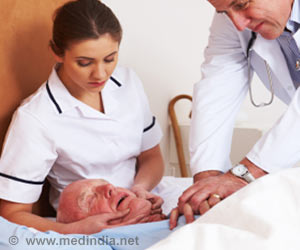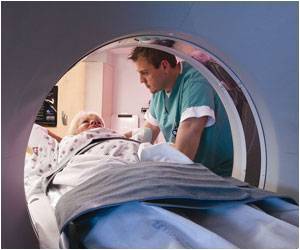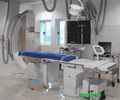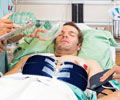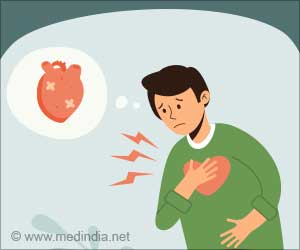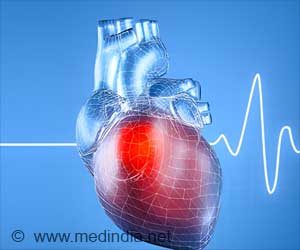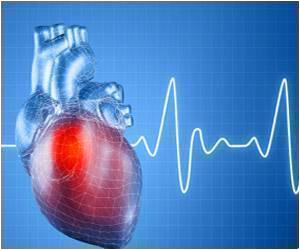
‘Telephone CPR not only assists the untrained caller, but it reminds the CPR-trained caller how to provide high-quality CPR in a stressful situation.’
Tweet it Now
The changes in the 2017 American Heart Association Focused Updates on Adult and Pediatric Basic Life Support and Cardiopulmonary Resuscitation Quality also re-emphasize the importance of bystanders starting immediate chest compressions if they see an adult collapse in a suspected cardiac arrest. Immediate bystander help has been shown to double or triple survival chances among the more than 350,000 Americans who suffer out-of-hospital cardiac arrest each year. Highlighting the need for rapid response, the 2017 Focused Updates stress the importance of providing dispatch-assisted compression-only CPR instructions when cardiac arrest is suspected. Telephone CPR not only assists the untrained caller, but it reminds the CPR-trained caller how to provide high-quality CPR in a stressful situation. Currently, only half of the nation's dispatchers provide telephone CPR, which has been identified as a critical intervention in the chain of survival for out-of-hospital cardiac arrest.
The 2017 Focused Updates were informed by research published since the 2015 Guidelines Update, and authors found even more evidence supporting the need for compressions and rescue breaths during CPR for children who have not yet reached puberty. More than 7,000 children die from an out-of-hospital cardiac arrest annually. In most cases, it is the result of a lack of oxygen, and rescue breaths can keep oxygenated blood flowing through the system.
"The 2017 Focused Updates validate what we already know about performing CPR and offer a scientific basis for optimizing CPR quality to save more lives," said Karl Kern, M.D., chair of the Association's Emergency Cardiovascular Care Committee and professor of medicine at the University of Arizona College of Medicine - Tucson's Sarver Heart Center. "It's critically important to translate new science to bedside care as quickly as possible, especially as the amount of scientific research available is growing rapidly."
The Guidelines had previously been updated every five years, and this marks the first year that the International Liaison Committee on Resuscitation (ILCOR), an organization of global resuscitation experts, is switching to an annual format. The Association represents the United States on the committee.
Advertisement
"A continuous evidence evaluation process means that we can address new science quickly and recommend when it should change care," said Robert Neumar, M.D., Ph.D., past chair of the Association's Emergency Cardiovascular Care Committee, current ILCOR co-chair, and professor and chair of the Department of Emergency Medicine at the University of Michigan. "In this day and age of rapid-fire digital distribution and fewer fact checks, it also allows us to refute studies that may not demonstrate a need to change current practices."
Advertisement
Source-Eurekalert

